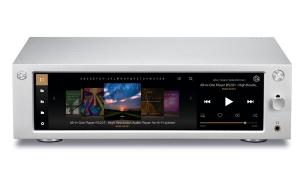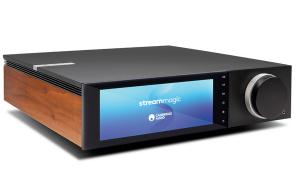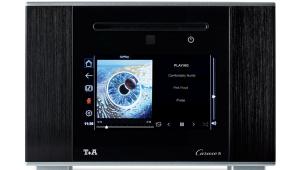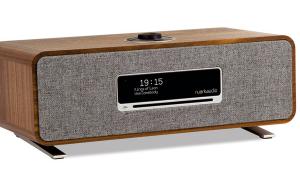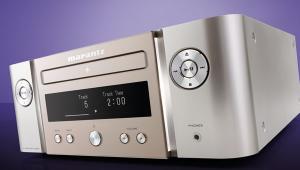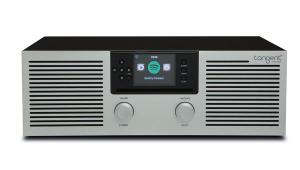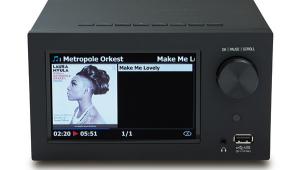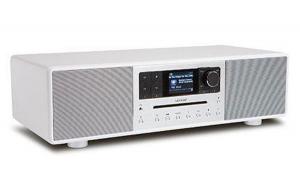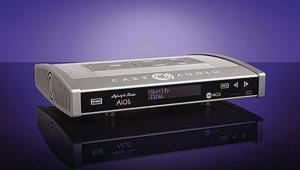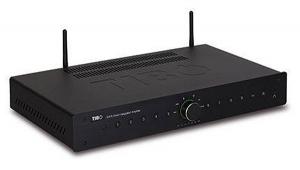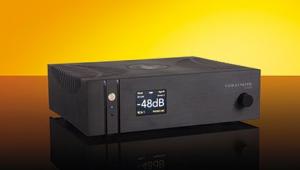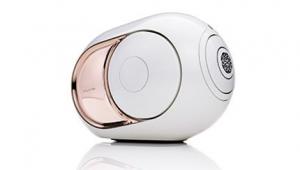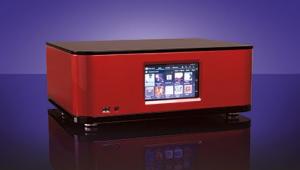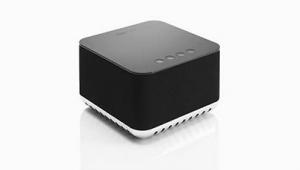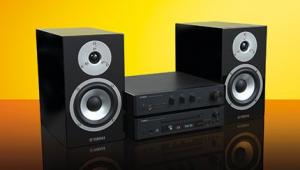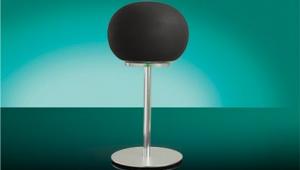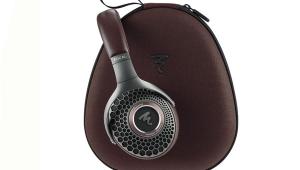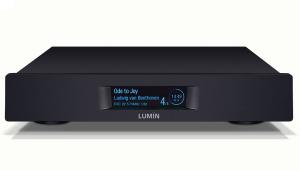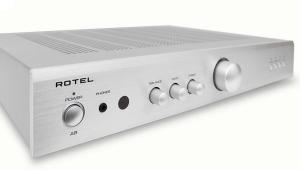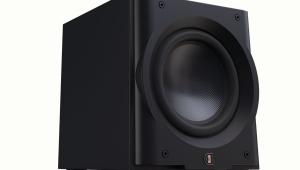Naim Mu-so 2nd Generation
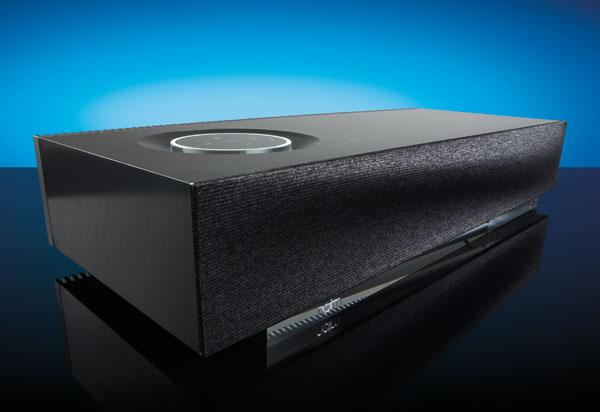
 When Naim launched its original Mu-so back in 2014 (HFC 391), the sleek one-box design exuded mass-market appeal and took the Salisbury-based concern from purveyor of specialist hi-fi that worked best with its own components to a company with a product that could easily be sold by a non-specialist retailer with a high level of confidence to engage those customers looking for a one-box music solution.
When Naim launched its original Mu-so back in 2014 (HFC 391), the sleek one-box design exuded mass-market appeal and took the Salisbury-based concern from purveyor of specialist hi-fi that worked best with its own components to a company with a product that could easily be sold by a non-specialist retailer with a high level of confidence to engage those customers looking for a one-box music solution.
It turns out Naim was just getting started and since its introduction, Mu-so’s slick features and impressive user friendliness have been developed to fit into components further up the range to the point where its flagship ND 555 network music player (around £20k with dedicated PSU) has some convenience features that the original Mu-so design lacks. As a result, the Mu-so 2nd Generation takes the original and incorporates the company’s latest developments.
The basic design of a self-contained speaker system that uses a home network to deliver music and support the bulk of its functionality remains unchanged. Despite looking remarkably similar to its predecessor, the 2nd Generation model incorporates a lot that’s new. For example, the claimed power output still uses Class D amplifiers to deliver 75W to each of its six drivers – something that Naim describes as a “sonic array” – but now also benefits from optimised tuning in a joint partnership with French loudspeaker brand Focal.
The processing power of the Digital Signal Processing (DSP) system that controls the amplifier and driver arrangement claims to be significantly improved and is instrumental to the Mu-so’s sound. The system can’t be bypassed, but there are placement settings available via the app to tune its output to work closer to a rear wall or when placed in a corner.
The network streaming platform is the same as the one developed for Naim’s slick Uniti all-in-one systems and dedicated streaming products. It brings impressive format and sample rate support that’s more extensive than many other ‘lifestyle’ products to handle PCM up to 32-bit/384kHz and DSD up to DSD128 while gapless playback is supported throughout.
The real story, though, is the additional playback support. As with the original Mu-so, wired and wi-fi network connectivity are available along with native support for Tidal and Spotify Connect, plus internet radio, USB-A for external drives and optical and line input connections. AirPlay has been updated to AirPlay 2, allowing it to work as part of a multi-room setup with similarly equipped products and Chromecast support has been enabled (for lossless streaming of services not natively supported). Roon compatibility has been added and physical inputs have been augmented with an HDMI ARC connection (see box out) while Bluetooth now supports the AAC codec and not aptX.
Despite looking remarkably similar to the original, there are some aesthetic differences. The cabinet volume has increased in the pursuit of improved bass – although this has largely been achieved by reducing the size of the heatsink at the back so the external dimensions are surprisingly similar to the original – and the internal bracing has been revised to make the cabinet stiffer. Build quality is extremely high. The slightly darker metal casing works well to make it disappear into the background and the Perspex base makes the Mu-so appear to be floating above whatever surface it’s placed upon. If you feel the standard black speaker grille looks a little oppressive, there are three more brightly coloured options available for an additional £50 each.
There are also some very neat design touches that really show the extent that Naim has thought about how it will be used in practice. For example, if you’re using it with your TV the illuminated ring on the controller can be dimmed or switched off via the app so that it’s not reflected in the screen. Naim has made much better use of the display inside the control ring too and there are now options for multi-room as well as more information on input selection that can be easily seen at a glance. A physical remote is supplied as an alternative to using the control app and the only irksome thing is that the connections underneath are hard to access and the tight space makes it impractical for some HDMI plugs.
Sound quality
Setup is entirely straightforward, particularly when using an iOS control device, and the re-engineered Mu-so seems both familiar and intriguingly different. I liked the original for its ability to sound bigger and more authoritative than a single-chassis speaker had any right to, but I felt there was often a sense of the processing at work. The 2nd Generation version is uncannily free of any processing effect and with it placed on my TV stand between a pair of traditional box loudspeakers, there are several times where I am convinced that the sound is coming from them rather than the Mu-so system that’s in between.
This sense of soundstage has a considerable effect on recordings. Hayden Thorpe’s Impossible Object is delivered in a convincingly three-dimensional manner. The vocals take centre stage, but the sparse supporting instruments are perfectly recreated. Thorpe’s movement across the piano in particular, is something that is readily apparent and the intimacy and confinement of the piece is convincingly recreated. Even something altogether larger in scale like Dance Of The Bacchantes by Dead Can Dance retains its cohesiveness.
Impressively, this is one of a tiny number of ‘lifestyle’ setups that seems to thrive with hi-res material. The 24/96 remaster of Led Zeppelin’s Achilles Last Stand is thrillingly visceral and the Mu-so’s ancestry really comes to the fore as it effortlessly delivers the pace of the track while still ensuring plenty of space and width to the way it presents the upper registers. The truly clever part is that the standard caveats of being less forgiving towards compressed music don’t really apply here. I spend a few hours playing tracks via Deezer’s Premium level (320kbps) streaming service over AirPlay 2 and thoroughly enjoy everything I listen to, but there are limits. The Mu-so wont dress up challenging recordings, and makes it clear that some tracks simply sound better than others.
As with any speaker system, performance largely comes down to placement. In my room I find the best delivery comes by placing it 50cm away from a rear wall, but with the positional setting on ‘near wall’ as this gently curtails the bass response. There is never any shortage of bass extension, but as the volume increases it can become slightly over powering with the DSP set to ‘free space’, meaning it loses some of the tonal balance displayed at lower volume levels. The ‘near wall’ setting does a better job of keeping the sound balanced for longer.
If you stay within the considerable optimum performance envelope, it’s a delight to listen to and feels source agnostic. It’s as happy connected via AirPlay 2 as it is with an upsampled feed from a networked Innuos Zenith Mk3 music server (HFC 451) running as a Roon Core, and it’s telling that even with its already well-developed app, the company sees the merit in introducing additional control.
Conclusion
The Mu-so 2nd Generation is a world away from the specialist components that Naim is known for in hi-fi circles, but there’s plenty of the company’s original philosophy on display here. It’s unfailingly entertaining and delivers sonics with hi-fi values and a exceptional musicality that allows you to simply enjoy the performance. This is the best one-box speaker system right now, making it a must listen. ES
DETAILS
Product: Naim Mu-so 2nd Generation
Price: £1,300
Origin: UK/China
Type: One-box system
Weight: 11.2kg
Dimensions: (WxHxD) 628 x 122 x 264mm
FEATURES
● Quoted power output: 6x 75W
● 32-bit/384kHz PCM and DSD128-capable DAC
● Connectivity: Ethernet; wi-fi; AirPlay 2; Chromecast; Bluetooth
● Inputs: digital optical; 3.5mm analogue jack; HDMI ARC; USB Type-A
● Roon-ready
 |
Inside this month's issue:
Ruark R610 music system and Sabre-R standmount speakers, PMC twenty.23i Active, floorstanders, English Acoustics Downton preamplifier, Bluesound NODE ICON preamp/streamer, Ortofon Concorde Music Blue MM cartridge and much, much more
|
